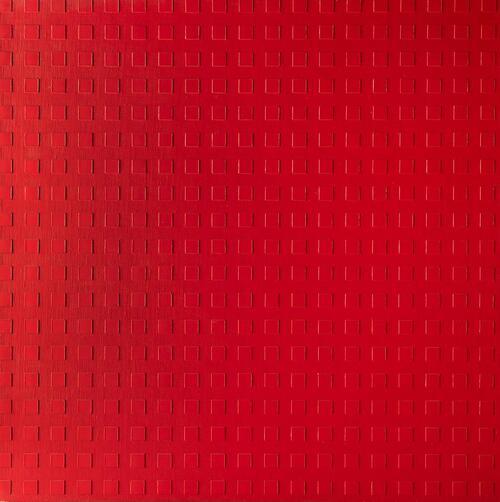Max Bill and Gottfried Honegger: the legacy of the Bauhaus and concrete art
Concrete art finds in our next auction on November 16 a magnificent representation of the hand of two of its greatest exponents: Max Bill and Gotffried Honegger
In the development of the second European avant-gardes, the founding of the Bauhaus School in 1919 marked a turning point that definitively transformed modern art. Considered a true visionary of the time, the German architect Walter Gropius laid the foundations from which a myriad of artistic movements would be born which, like concrete art, orbited around the precepts of the Bauhaus founding manifesto.
The central idea behind his program is related to the concept of total art, in which the boundaries that until now had separated the different creative disciplines, had to be completely abolished in order to achieve a universal art at the service of the society. Gropius’s proposal to indulge in an entirely rational art, free of ideologies and only linked to solid mathematical and geometric laws, is also the result of the terrible interwar historical context in which it was conceived. In this way, the conception of art promulgated by the Bauhaus is intrinsically linked to a social function as a means through which to heal a sick society.
The legacy of the Bauhaus, which with only 14 years of life became the largest art school in the world, has survived to this day through artists who, such as Max Bill or Gottfried Honegger, found in their postulates the germ of their creations.
Max Bill: the great promoter of concrete art
Architect, designer, sculptor, painter, theorist, publicist and educator, we could say that the Swiss artist Max Bill, embodies the concept of universal genius of the Renaissance. His career started at the Bauhaus school was inevitably linked to the teachings he received during his formative stage until he became a firm defender of functionalism and geometric formalism. In fact, in the mid-30s, the artist immersed himself fully in his investigations around abstract form, based on the inexorable laws that govern mathematics and geometry as the only means to achieve the universality of the art to which it is applied. should aspire.
In the sculptural field, Max Bill was especially interested in the spherical figure and its different sections, which, as in the case at hand, combined to give light to multiple variations of the same geometric figure. Likewise, this quarter of a wedge-shaped sphere symbolizes, in addition to the idea of infinity, a dilemma between spiritual art and functional art, considering that the created object must first fulfill its mission in order to subsequently be able to feed the soul through the esthetic.
Gottfried Honegger: the purity of concrete art
Following in the footsteps of Max Bill, the also Swiss artist Gottfried Honegger was throughout his vast career, a faithful defender of concrete art and of the maxim coined by Theo van Doesburg in 1930 according to which, the universality of art could only be achieved through clarity and purity. Following this artistic conception of rationalist roots, Honegger gives birth to a work free of emotional implications. The work in question belongs to one of the artist’s most representative series, known as relief-paintings where monochrome reds cover the entire surface made up of repetitive geometric elements. In them, Honegger reaffirms his conviction that art must be constructed using only its fundamental elements in a geometric abstraction completely devoid of any symbolic association linked to reality.
Protagonist of the great debates around abstract artistic practice that took place between the 20th and 21st centuries, Honegger maintained until his death the idea that art could change the world.






